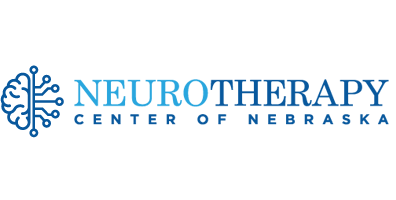Additional Benefits

The Benefits of Neurotherapy with Obsessive Compulsive Disorder
Rumination, obsession, checking, fretting, weighing consequences, debating outcomes, again, and again, and again. OCD is an all-consuming pathology. When taking a qEEG, we can often see the area of the brain that is aberrant. We can see where excesses and compensatory deficiencies lie. We can see anywhere the brainwaves are locking—often causing the individual to go back, again, and again, drilling into the situation, obsession, or compulsion.
Using pEMF and neurofeedback, as well as the occasional biofeedback modality, we can begin to loosen the grip of the obsession and/or compulsion. Your mind will slowly begin to release the all-consuming thoughts. You will have the ability to discern real from unreal and to “shut it off.”
This progress typically occurs on its own, without effort on the part of the client. Outside of the work of neurotherapy, it’s a matter of going about life and not holding tight when the propensity to let go occurs, as it usually does. The mind becomes more quiet and becomes more efficient at managing all issues.
- Hammond, D. C. (2003). QEEG-guided neurofeedback in the treatment of obsessive compulsive disorder. Journal of Neurotherapy, 7(2), 25-52. http://96bda424cfcc34d9dd1a0a7f10f87519dba22d2dbc6233a731e5.r41.cf2.rackcdn.com/gammajam108/links/OCD_Article.pdf
- Hammond, D. C. (2004). Treatment of the obsessional subtype of obsessive compulsive disorder with neurofeedback. Biofeedback, 32, 9-12.
- Mills, G. K., & Solyom, L. (1974). Biofeedback of EEG alpha in the treatment of obsessive ruminations: An exploration. Journal of Behaviour Therapy & Experimental Psychiatry, 5, 37-41.

